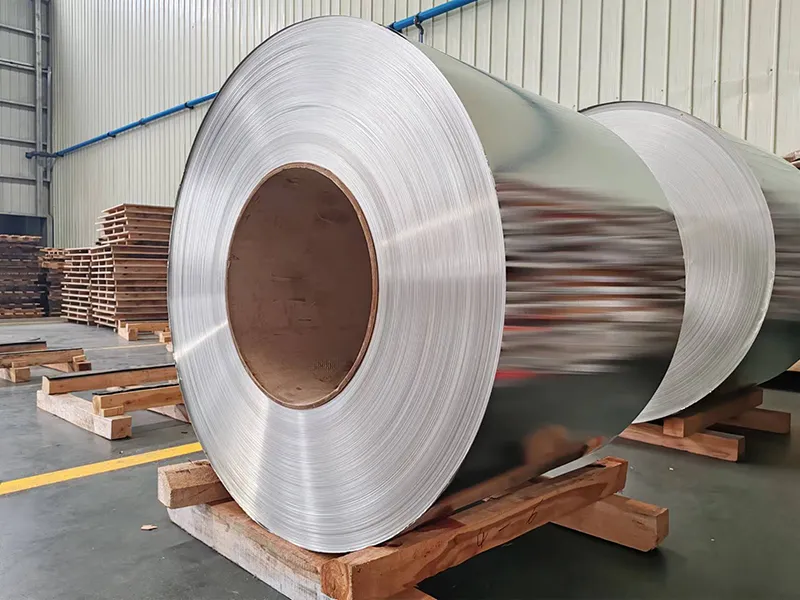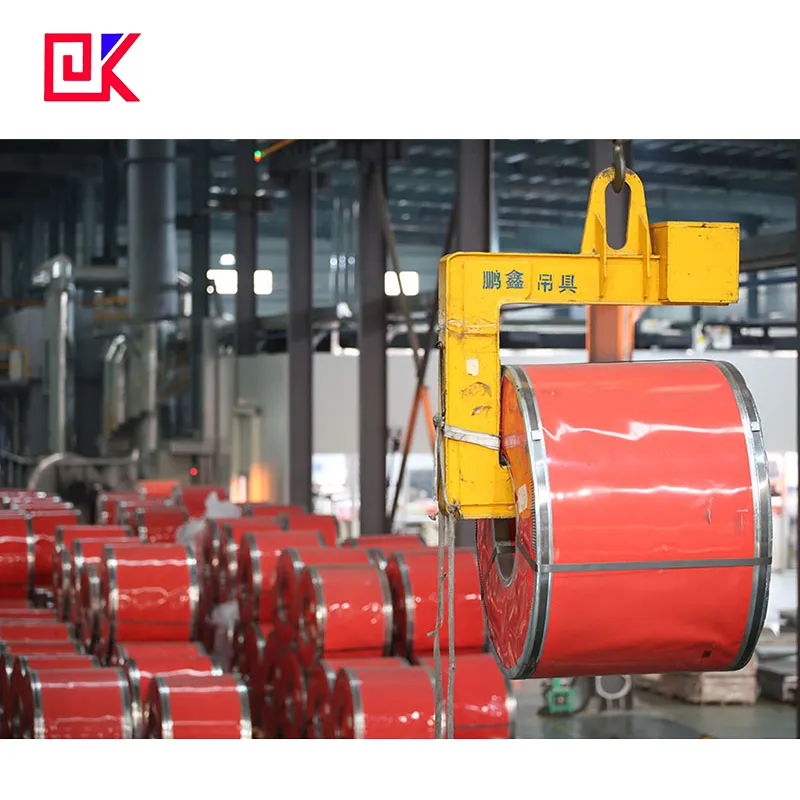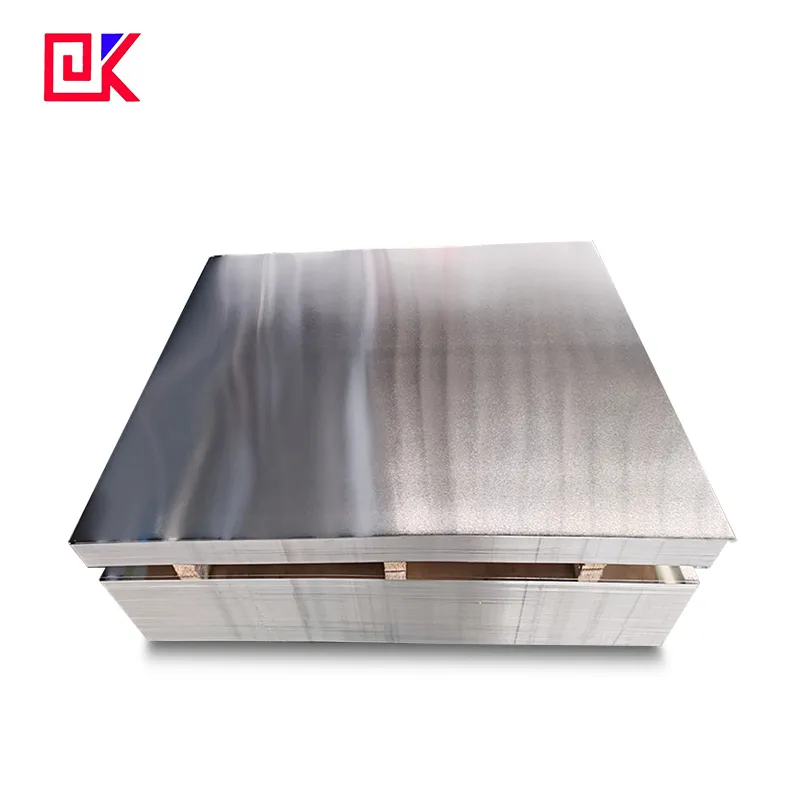As a key packaging material, tinplate sheet plays an important role in global manufacturing and daily life. Tinplate sheet originated during the Western Industrial Revolution. After hundreds of years of development, it has become an indispensable component of food cans, beverage packaging, cosmetic containers and industrial products.
So, who first produced tinplate sheet? This is a history full of innovation and the spirit of the Industrial Revolution. This article will explore the origins of tinplate sheet in detail, trace its earliest manufacturers, and reveal how it evolved from a local technology to a widely used industrial material in the world.

What is tinplate sheet?
Before exploring the history of tinplate sheet, we first need to understand what tinplate sheet is. Tinplate plate refers to a metal composite material with a thin layer of tin on the surface of a low-carbon steel plate. The role of the tin layer is to provide protection to prevent the steel plate from rusting and corroding. Tinplate sheet has both the strength of steel and excellent anti-corrosion properties through the tin layer, which is particularly suitable for packaging needs that require moisture and oxidation resistance. This technology not only extends the service life of metal, but also greatly improves the storage safety of perishable items such as food.
Tinplate plate was first widely used in food canning and industrial product packaging, but over time, it has gradually entered more fields, such as cosmetics, chemical products, and pharmaceutical packaging. By understanding its historical development, it is clearer how this material has evolved from a process innovation to a wide range of applications around the world.

Who first produced tinplate sheet?
The production of tinplate sheet can be traced back to Europe, and the earliest production history can be traced back to Germany in the 16th century. Although the concept of tinplate sheet was widely spread and gradually improved in the later period, its true birthplace is generally believed to be Saxony, Germany, where tinplate plate was first systematically produced.
Saxony, Germany - the cradle of tinplate plate
The history of tinplate sheet can be traced back to Germany in the 16th century, especially Nuremberg, a small town in Saxony. Nuremberg was famous for its rich metal resources and technological innovations and was one of the important centers of handicrafts and metal manufacturing in Germany at that time. In the late 16th century, local craftsmen first tried to tin iron plates to prevent rust and extend their service life. This innovation is considered to be the earliest production of tinplate plate.
The Nuremberg region is rich in tin ore resources, which provided the basic conditions for early tin-plating technology. By using tin, blacksmiths found that they could plate a thin layer of tin on the surface of ordinary iron plates, thereby preventing the iron plates from contacting with oxygen and moisture in the air and avoiding the phenomenon of iron rusting. This process greatly improved the anti-corrosion properties of the metal and became the core production technology of tinplate sheets.
Process improvements of early tinplate sheets
In Nuremberg and Saxony in Germany, the initial tinplate plate production process was mainly manual. Craftsmen heated the iron plates to high temperatures and then manually applied tin to the surface of the iron plates. Due to the limitations of the technical level at the time, this manual operation was inefficient and the quality of the products was not stable enough. However, this tin-plating technology undoubtedly laid the foundation for later industrialized production.
By the end of the 17th century, the production technology of tinplate plates gradually matured, and German industrial workers began to use more sophisticated equipment and tools to improve the uniformity of the tin-plating layer and the quality of the iron plates. As the demand for tinplate plates increased across Europe, the production process gradually spread from Germany to other countries, especially Britain and France.

The rise of Britain: industrialized production of tinplate plates
Although tinplate sheets originated in Germany, Britain was the country that pushed this technology to industrialized production. In the 18th century, Britain became the global center of the tinplate plate industry and dominated the production and export of this material.
South Wales, UK - the road to industrialization of tinplate plates
The South Wales region of the United Kingdom, especially Swansea, became the center of tinplate sheet production from the late 18th to the early 19th century. The rich coal resources and developed steel industry here provide the necessary conditions for the large-scale production of tinplate sheets. British craftsmen improved the production process of tinplate plates and introduced new machinery and equipment, which greatly improved production efficiency and quality.
The tinplate plate industry in South Wales initially benefited from the technology transfer of German craftsmen. Some craftsmen and technicians from Germany came to Britain and helped establish early tinplate plate manufacturing workshops in the local area. By combining traditional German craftsmanship with British industrialized production technology, the output of tinplate sheets in the United Kingdom grew rapidly in the late 18th century and soon surpassed Germany to become the main source of global tinplate plate supply.
Innovation and Improvement in Britain
The driving force of the British Industrial Revolution has further developed the production of tinplate plates. British manufacturers have made a number of technical improvements to the traditional tinning process, including improving the uniformity of the tin layer and improving the quality of the steel substrate. These improvements not only improve the anti-corrosion performance of tinplate sheets, but also enable tinplate sheets to better adapt to the needs of industrial production and commercial applications.
In addition, the UK has also improved the tinning process of tinplate plates, gradually transitioning from manual operation to mechanized production. By the beginning of the 19th century, British factories were able to mass-produce high-quality tinplate plates. Swansea became the world's center for tinplate sheet manufacturing, and factories in South Wales exported to all parts of the world, providing important economic support for Britain's global trade.
Global Diffusion and Application of Tinplate Plate
Driven by the UK and Germany, tinplate sheets soon became a widely used packaging material around the world. With the advent of the 19th century, the application range of tinplate plates continued to expand, gradually expanding from the initial food canning packaging to more fields, such as military supplies, daily necessities, and medicines.
Tinplate Plate Industry in the United States
In the second half of the 19th century, the United States also began to develop its own tinplate sheet industry. Thanks to the rapid development of the steel industry and abundant natural resources, the production of tinplate sheets in the United States soon made great progress. The United States not only imported tinplate plates from Europe, but also gradually established its own manufacturing plants.
Especially in the late 19th century, the United States began to use tinplate plates for food canning. Tinplate sheet cans became the main means of preserving food, especially during the war, the United States used a large number of tinplate sheet cans to provide food security for the army. During this period, the American tinplate plate industry developed rapidly and became an important force in the global production of tinplate sheets.
Wide application of tinplate sheets
Due to its excellent anti-corrosion properties and sturdy structure, tinplate plates are widely used in various industries. At first, tinplate plates were mainly used for the packaging of food and beverages to ensure that these perishable foods could be preserved for a long time. In the mid-19th century, tinplate sheet cans quickly became popular among urban residents in Europe and the United States, laying the foundation for modern food storage technology.
With the deepening of industrialization, the application scope of tinplate plates has been further expanded. It is not only limited to food packaging, but also widely used in the storage of chemical products, cosmetic packaging, battery shell manufacturing and other fields. Especially during World War II, tinplate sheet cans became an important part of military supplies in various countries, further promoting the global production and consumption of this material.

Technological progress and modern development of tinplate plate
Although the production of tinplate plate originated in Germany, then industrialized in the UK and spread globally, its technological progress has not stagnated. With the advent of the 20th century, the production technology of tinplate sheet has been further improved, especially the application of electrolytic tin plating process, which has made a leap in the production efficiency and quality of tinplate plate.
Electrolytic tin plating technology enables the tin layer to be deposited more evenly on the steel substrate, reducing the amount of tin used, improving production efficiency, and reducing costs. This technological breakthrough has greatly promoted the popularity of tinplate plate, making it one of the important industrial materials in the 20th century.
In summary, the production of tinplate sheet can be traced back to the Nuremberg region of Germany in the 16th century. In the manual skills of German craftsmen, tin plating technology gradually matured and laid the foundation for later industrial production. However, the country that really promoted tinplate plate to the world was the United Kingdom, especially under the impetus of the Industrial Revolution, the South Wales region of the United Kingdom became the production center of tinplate sheet. With technological advances in the 19th and 20th centuries, tinplate has gradually become an indispensable part of global industrial manufacturing, and its application range has expanded from food packaging to multiple fields.

